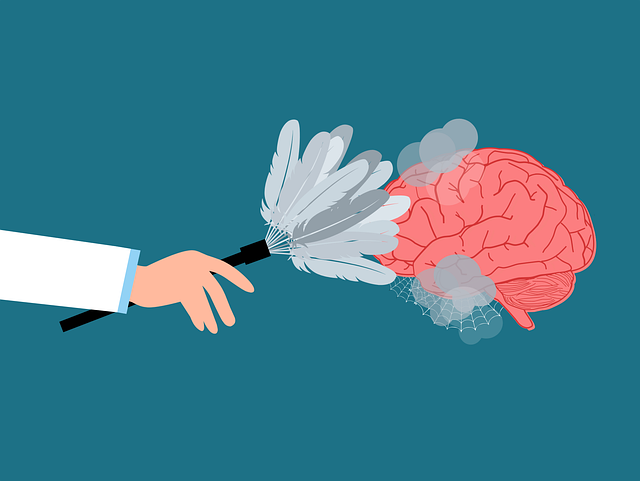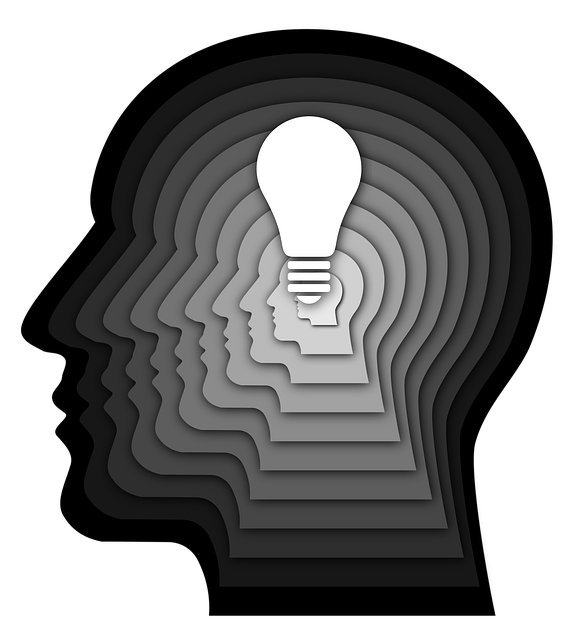Wheat Ridge Exposure and Response Prevention (WRETP) Therapy offers a structured approach to understanding mental health data through meticulous data collection methods, including structured assessments, questionnaires, and journaling guidelines. This process captures both qualitative and quantitative patient experiences, enhancing the depth of information gathered. WRETP gradually exposes patients to fears while preventing avoidance behaviors, allowing therapists to track responses, identify triggers, and develop personalized interventions for enhanced coping skills and resilience. Data analysis enables researchers and practitioners to uncover patterns, identify risk factors, and refine treatments like WRETP, ultimately improving mental wellness coaching programs and public awareness campaigns.
Mental health data analysis is a powerful tool for understanding and improving patient outcomes. This article delves into the intricacies of interpreting mental health data, highlighting key techniques such as Wheat Ridge Exposure and Response Prevention (ERP) Therapy. We explore the process from data collection and preparation to advanced analytics that reveal hidden patterns. By understanding these methods, professionals can unlock insights driving personalized treatment approaches, ultimately enhancing patient care and well-being.
- Understanding Mental Health Data: Collection and Preparation
- Applying Wheat Ridge Exposure and Response Prevention Therapy (ERP) Techniques to Interpret Data
- Analyzing and Communicating Insights: Unlocking Patterns and Personalized Treatment Approaches
Understanding Mental Health Data: Collection and Preparation

Understanding Mental Health Data involves a critical look at how information is collected and prepared. This process begins with identifying relevant metrics that accurately reflect an individual’s mental health status. For instance, Wheat Ridge Exposure and Response Prevention Therapy (WRETP) employs structured assessments and questionnaires to gauge symptoms, triggers, and coping mechanisms. These tools are meticulously designed to capture qualitative and quantitative data, providing a comprehensive view of the patient’s experience.
Preparation includes cleaning and organizing raw data, ensuring consistency and accuracy. This step is crucial for reliable analysis and interpretation. For example, in mental wellness journaling exercises, guidelines should be established to standardize entries, enabling easy comparison across different participants or time points. Additionally, empathy-building strategies can be incorporated during data collection to foster open communication, enhancing the quality and depth of the gathered information.
Applying Wheat Ridge Exposure and Response Prevention Therapy (ERP) Techniques to Interpret Data

The Wheat Ridge Exposure and Response Prevention (ERP) Therapy techniques offer a powerful framework for analyzing and interpreting mental health data. This therapeutic approach involves gradual exposure to feared situations or stimuli, coupled with prevention of habitual avoidance or safety behaviors. By systematically tracking patient responses during these exposures, therapists gain valuable insights into the relationship between triggers, emotional reactions, and coping mechanisms. Such data analysis enables tailored interventions aimed at enhancing coping skills development and resilience building.
Furthermore, ERP therapy encourages empathy-building strategies by fostering understanding of the patient’s internal experiences. As patients confront their fears and learn to manage responses, therapists can identify specific triggers and associated emotional patterns. This detailed analysis not only aids in personalized treatment plans but also promotes empathy between therapist and client, creating a supportive environment that strengthens the therapeutic bond.
Analyzing and Communicating Insights: Unlocking Patterns and Personalized Treatment Approaches

Analyzing mental health data is a powerful tool for uncovering hidden patterns and trends within populations or specific patient groups. By employing sophisticated statistical methods and visualization techniques, researchers and practitioners can gain profound insights into various aspects of mental health, including risk factors, symptom severity, and treatment efficacy. This process involves meticulously sifting through large datasets to identify correlations and outliers, ultimately leading to the development of more personalized and targeted interventions.
One such innovative approach that has gained significant attention is Wheat Ridge Exposure and Response Prevention (ERP) Therapy. Through meticulous data analysis, researchers have been able to refine this therapy, tailoring it to individual needs. By interpreting patterns in patient responses, therapists can design customized treatment plans, ensuring that each session is focused on addressing specific fears and avoidance behaviors related to anxiety disorders. This tailored approach enhances the potential for Anxiety Relief, as the therapy directly targets the root causes of distress, fostering Mental Wellness Coaching Programs Development and ultimately contributing to improved public awareness campaigns development regarding mental health.
Mental health data analysis is a powerful tool for understanding complex patient needs. By applying techniques like Wheat Ridge Exposure and Response Prevention Therapy (ERP) and meticulously interpreting collected data, professionals can uncover significant patterns. This allows for personalized treatment approaches that address specific triggers and responses, ultimately enhancing therapeutic outcomes. Through data-driven insights, mental health care can become more targeted and effective, benefiting both patients and practitioners.














